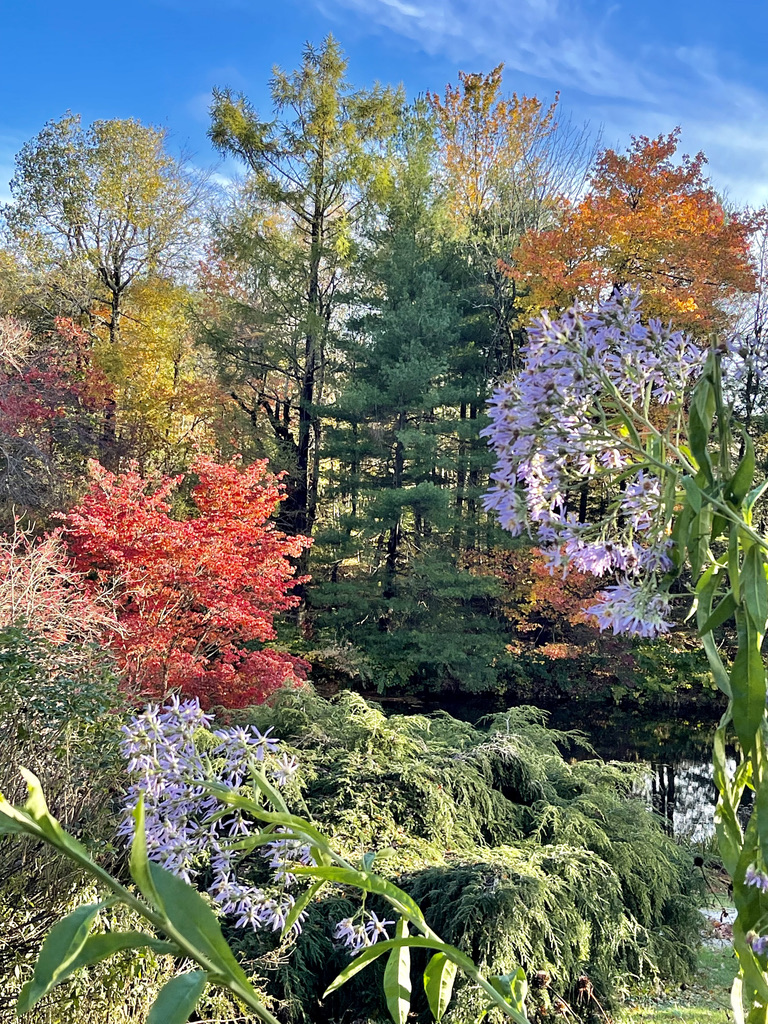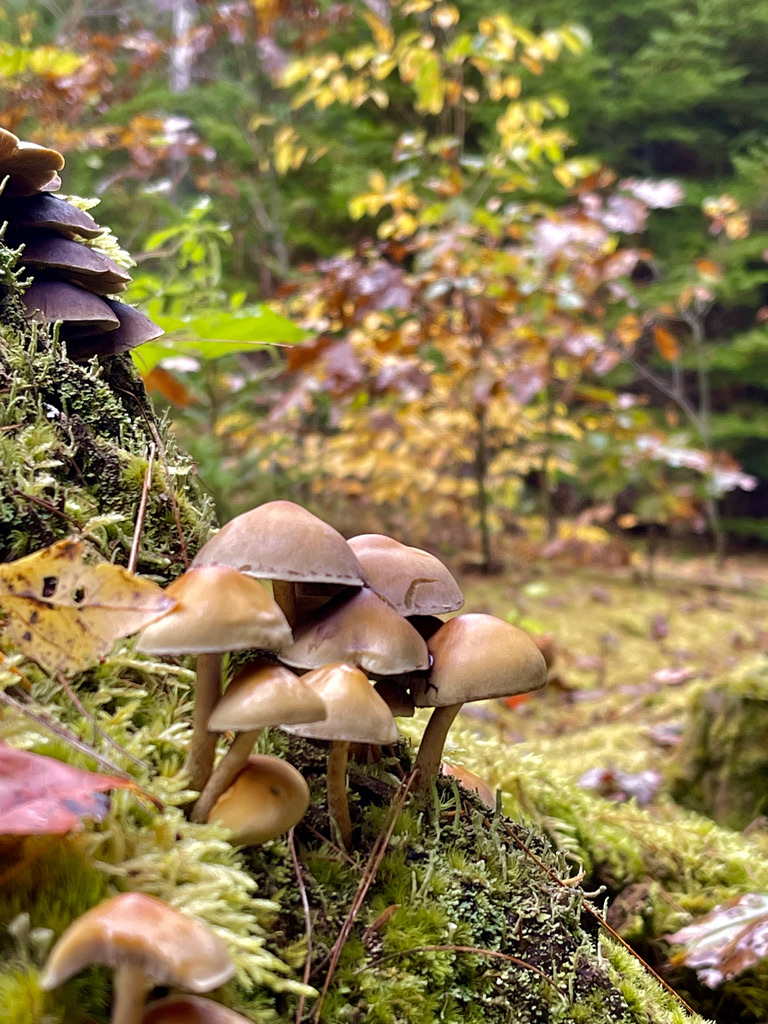Benefits & How To



Tomorrow, at Donker Farm with the Greater Worcester Land Trust, I will read a children’s book I wrote with the owner of the farm, Elisabeth Donker, and I will lead flower arranging and forest bathing–two of my favorite mindfulness practices.
I get many questions about the peculiar term forest bathing. One of my students and her mother imagined jumping into the brook with a bar of dove soap or soaking in a clawfoot tub in the middle of the fir trees. Not quite.
Forest bathing, known as “Shinrin-Yoku” in Japan, is a practice that immerses individuals in the healing and rejuvenating powers of nature. This therapeutic technique involves leisurely and mindful walks through natural environments, such as forests, woodlands, or parks, with the aim of enhancing overall well-being. Rooted in ancient Japanese traditions, forest bathing has gained global recognition for its numerous physical, mental, and emotional benefits. It’s not just a walk in the woods; it’s deliberate and immersive connection with nature.
Forest bathing is a simple yet profound way to reconnect with nature and boost your well-being. By incorporating the practice into your routine, you will experience the numerous physical, mental, and emotional benefits it offers.
BENEFITS:
- Stress Reduction: Forest bathing reduces cortisol levels, lowering stress and anxiety.
- Improved Mood: Exposure to nature increases the production of mood-boosting neurotransmitters, like serotonin and dopamine.
- Enhanced Immunity: Phytoncides released by trees boost the immune system, helping you stay healthy.
- Better Concentration: Time in nature enhances cognitive function and focus.
- Lower Blood Pressure: Forest bathing has been linked to reduced blood pressure, promoting cardiovascular health.
- Enhanced Creativity: Nature inspires creativity and problem-solving abilities.
- Increased Energy: Being in nature revitalizes and provides a natural energy boost.
- Emotional Well-being: Forest bathing can reduce symptoms of depression and improve overall emotional well-being.
- Deeper Connection: It fosters a sense of connection to the natural world and encourages environmental stewardship.
- Quality Sleep: Regular forest bathing can lead to better sleep patterns and quality.
HOW TO FOREST BATHE:
- Choose the Right Location: Find a natural setting or green space, away from the noise and distractions of urban life. But note, nature is found everywhere.
2. Disconnect: Turn off electronic devices, or put them on silent mode, to fully engage with your surroundings.
3. Mindful Presence: Enter the forest with a relaxed mind. Leave your worries and to-do lists behind.
4. Use All Your Senses: Engage all your senses – sight, hearing, touch, taste, and smell. Pay attention to the sounds of nature, the feel of the earth beneath your feet, and the scent of the forest.
5. Walk Slowly: Move at a slower pace than usual, taking small steps. Allow your body to sync with the rhythm of nature. Feel the muscles in your feet and body that make walking possible.
6. Observe: Spend time observing the natural elements – the trees, wildlife, and plants. Take in the intricate details. See all as if for the first time. Hear all sounds near and far; listen as they come and go.
6. Breathe Deeply: Practice deep, mindful breathing. Inhale the fresh forest air and exhale any tension. Breathe into your belly through the nose, exhale through the mouth elongating the out breath.
7. Mindful Meditation: Find a quiet spot to sit or stand still. Meditate or simply focus on your breath, letting go of your thoughts. (Ideally, sit or stand still for 15 minutes.)
8. Reflection: Journal or mentally reflect on your experience. How did it make you feel? What did you notice?
9. Gratitude: Express thanks to the Earth, to the place you visited, for the healing and serenity nature provided during your forest bath.
